Hello and happy new year!
It’s 2023, and Windows 11 is finally a mature operating system that most people would be happy to use. Sun Valley has finally arrived, and it’s all about a long overdue reinvestment in design under Panos Panay’s leadership. But is it enough?
Let’s take a look.
For the purpose of this research, I used Windows 11 build 25267, which as of now is the latest Insider Dev build.
Layer 1: Windows 11/WinUI3 elements
Windows 11 brought in a new design language, putting an emphasis on rounded corners and gradients and a new transparent background called Mica, which aims to replace the old Acrylic design.
If one would compare Windows 10 applications to Windows 11, it would notice that for the first time in years (decades for some like Notepad), their UI has been significantly redesigned to be in line with the new design language.



Another fundamental change in Windows 11 is the location of the Start button which, after 27 years, has been moved from the left-hand corner to the center of the screen, in line with the now-cancelled Windows 10X.

Some elements that have changed compared to Windows 10 are the context menus, the Explorer (which finally has tabs!) and the Settings app.
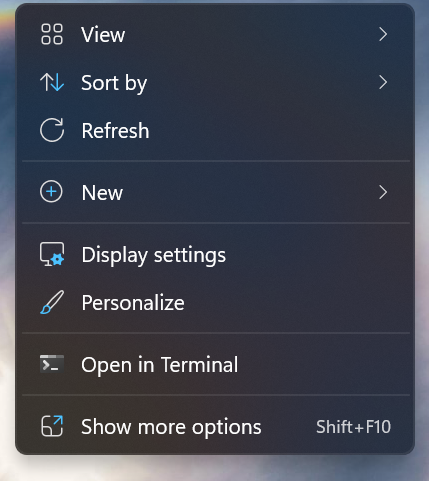
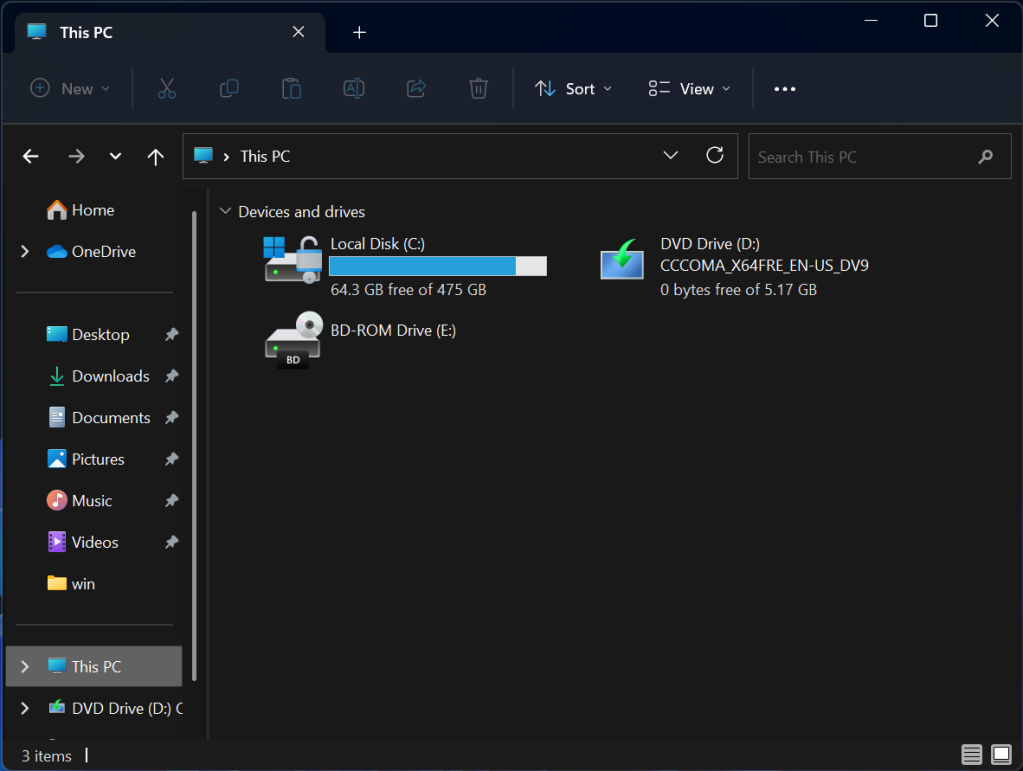

Last but not least, the Start Menu has been redesigned, and as a result the Live Tiles introduced with Windows 8 are gone, for better or for worse.
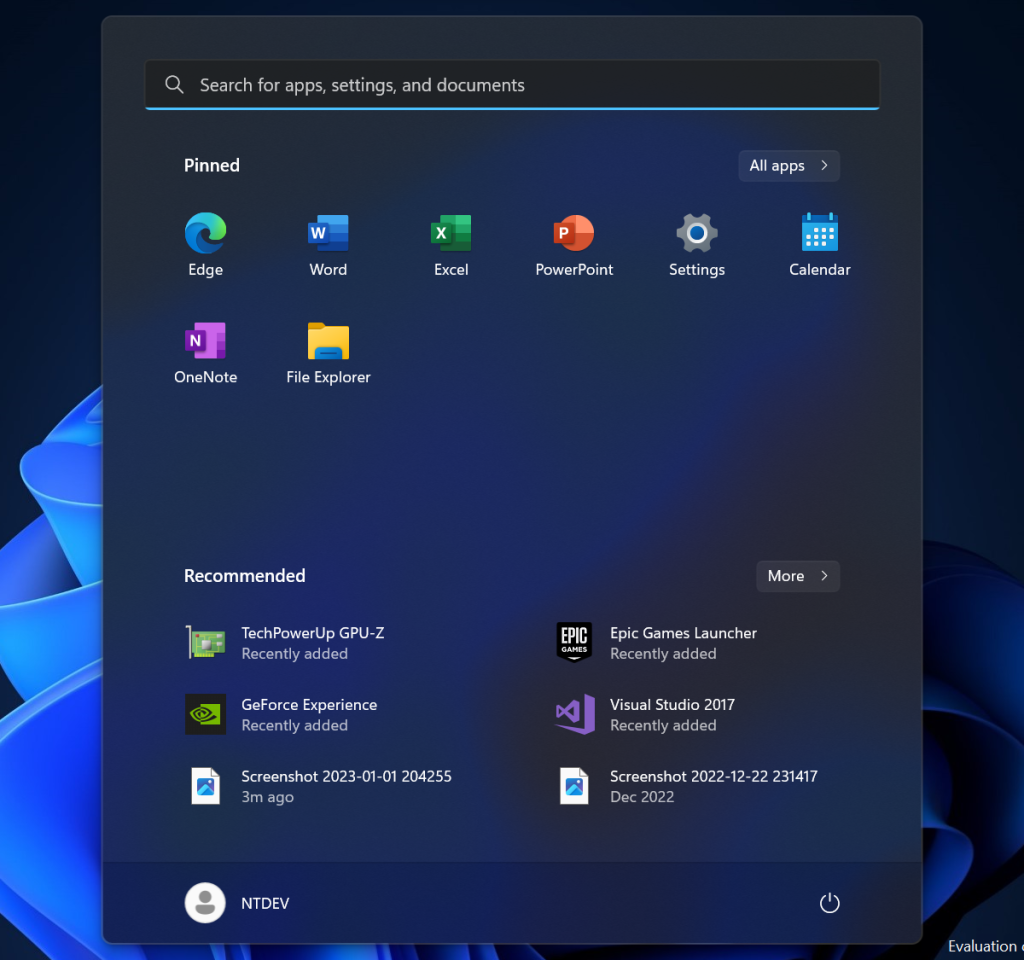
Another great improvement to Windows 11 is the fact that even some elements that are rarely shown to users (especially casual ones) have been updated, like the firewall prompts (which haven’t been updated since Vista!) and many Metro UI (including FINALLY the volume slider) have been replaced.
Last, but not least, the boot screen has been updated to the new Windows logo, as well as the new WinUI loading circle, which replaces the dated spinning dots.

As we can see, we definitely see a major improvement in design consistency in Windows 11. Most of the common UI elements have been updates, and with the introduction of WinUI 3 developers can also integrate these elements in their own apps more easily.
Now, let’s dig deeper.
Layer 2: Windows 10 elements
Well, first of all, a non-design element but definitely one that it is common with Windows 10: they have the same kernel version, 10.0

Some apps like Mail and Calendar haven’t been updated with the new Windows 11 design guidelines, but they are reportedly going to be replaced in 2023 with a new application codenamed Project Monarch.
Some Settings elements still haven’t been updated to the new design, like when doing changes to the user profile.
The Windows Defender UI also hasn’t been updated, and as a result it looks considerably more dated than the rest of the UI.
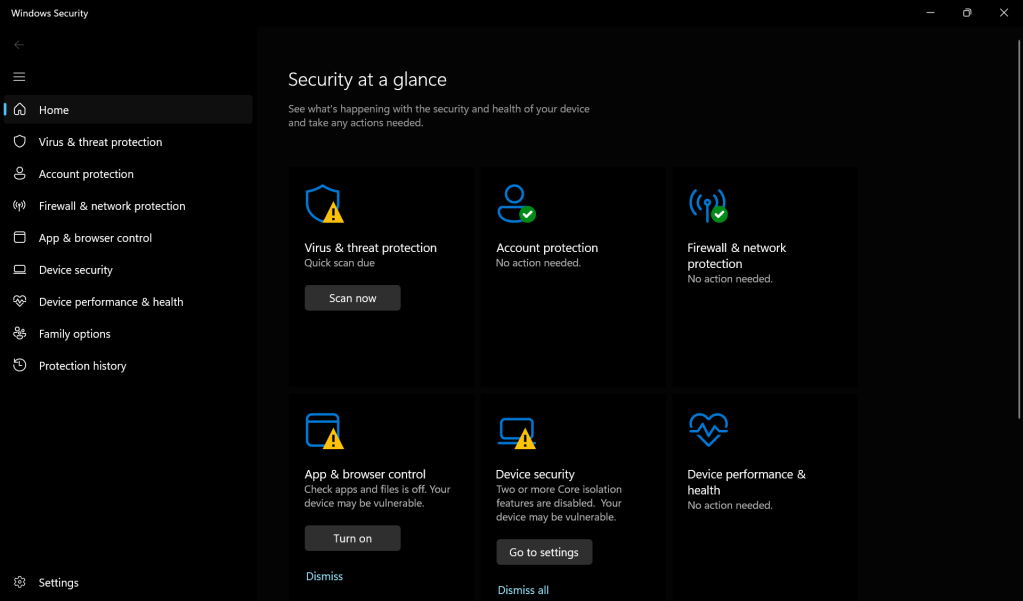
Cortana is also surprisingly still a thing in Windows 11, and it is not as thoroughly integrated with the OS (remember the time when Cortana was guiding you in the OOBE?).
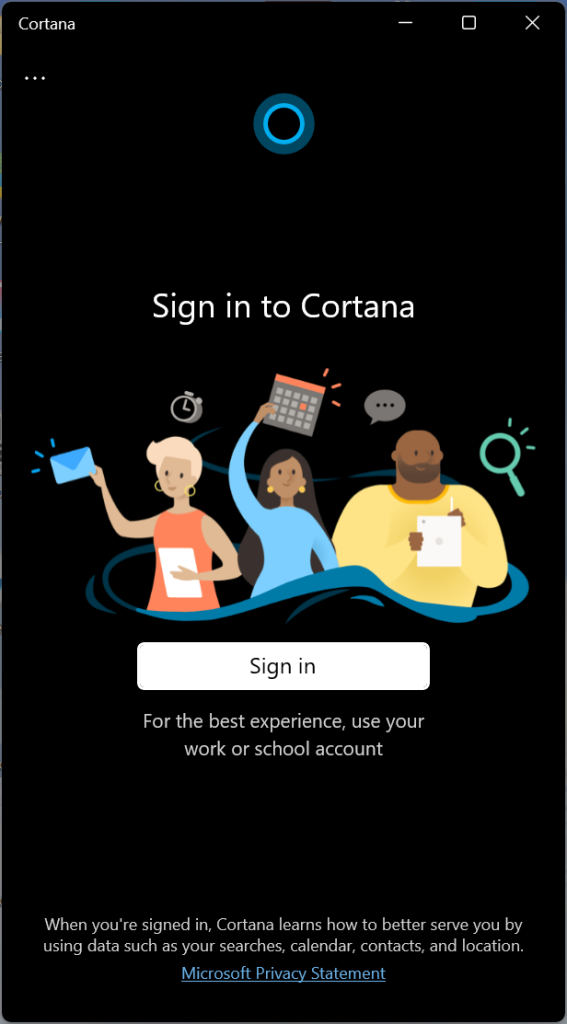
As we can see, there still are quite a few Windows 10 remains scattered throughout the OS, but these aren’t really eyesores, apart from the Windows Defender app in my opinion, which looks quite off.
Now onto the juicy stuff.
Layer 3: Windows 8
Looks like the curse of Metro is still with us, even though in a few days Microsoft will stop support for Windows 8.1.
Unfortunately, we still have plenty of Windows 8 elements throughout the OS, like the Autorun prompt or the error that appears when one runs an incompatible program.
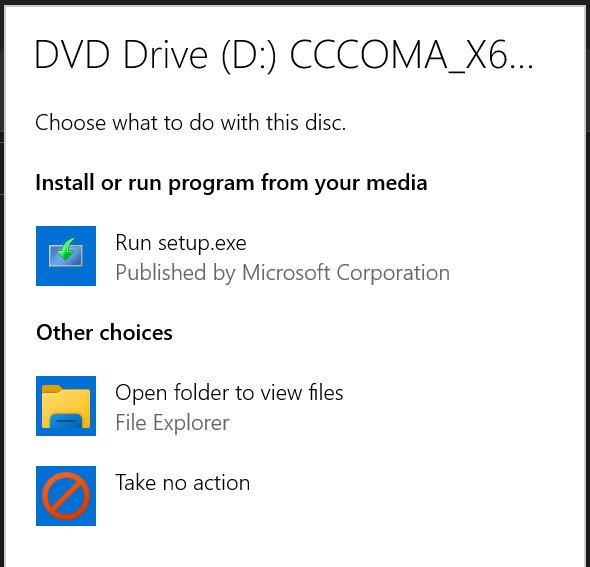

These are some of the biggest eyesores of the OS, and it definitely gives Windows a half-baked, inconsistent feeling.
Other elements that are quite an eyesore are the loading screens, which although they have been updated with WinUI3, their Metro counterparts are still prevalent throughout the OS.


Another Metro element is the Windows Recovery Environment, which looks almost exactly the same as when it was first introduced in Windows 8.
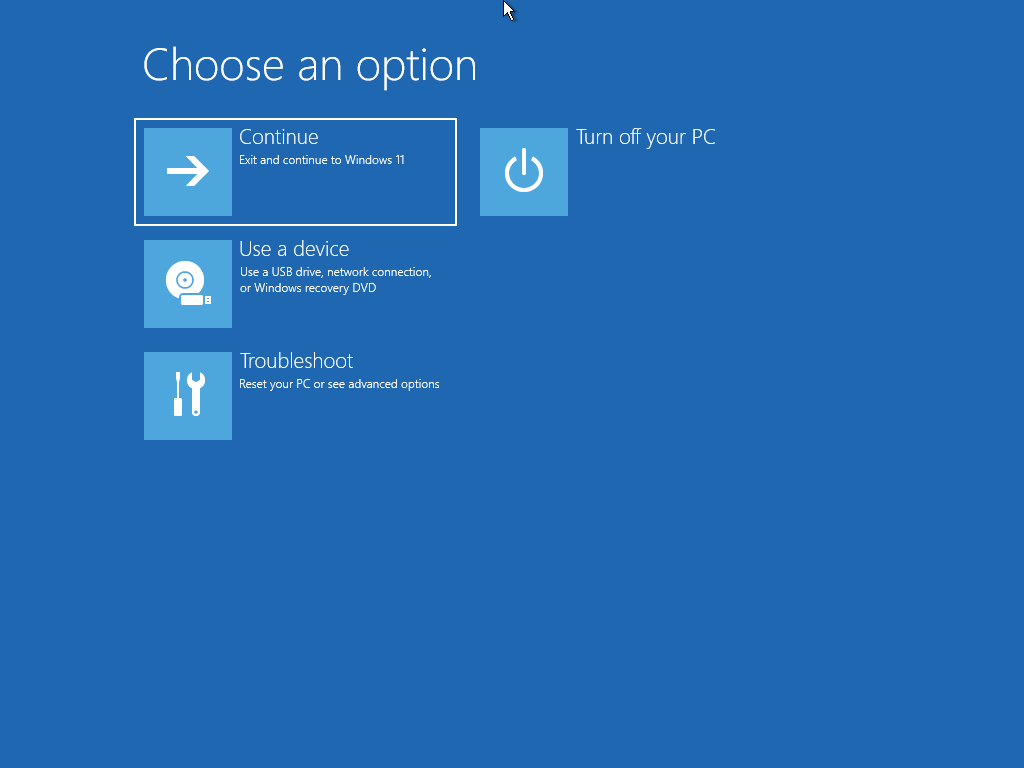
Also, just like in Windows 8, the copy screen is still the same.
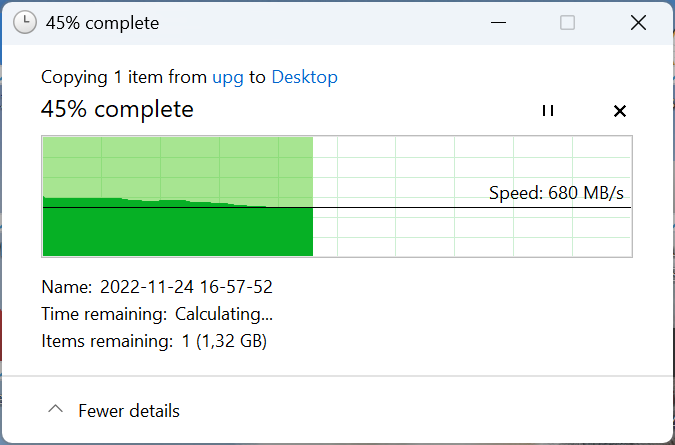
All in all, while there has been a notable progress in de-Metro-ifying Windows 11, some important elements are still here.
Layer 4: Windows 7
While Windows 10 had most of the inbox apps identical to those from Windows 7, Windows 11 has improved significantly this aspect. Most of the applications like Notepad, Paint, the Snipping Tool and others have been redesigned to be in line with the new design guidelines that Windows 11 proposes. However, since this is Microsoft we’re talking about, some elements haven’t been updated.
The Remote Desktop Connection program is still exactly the same as it was 14 years ago, complete with Aero icons and skeuomorphic common controls.
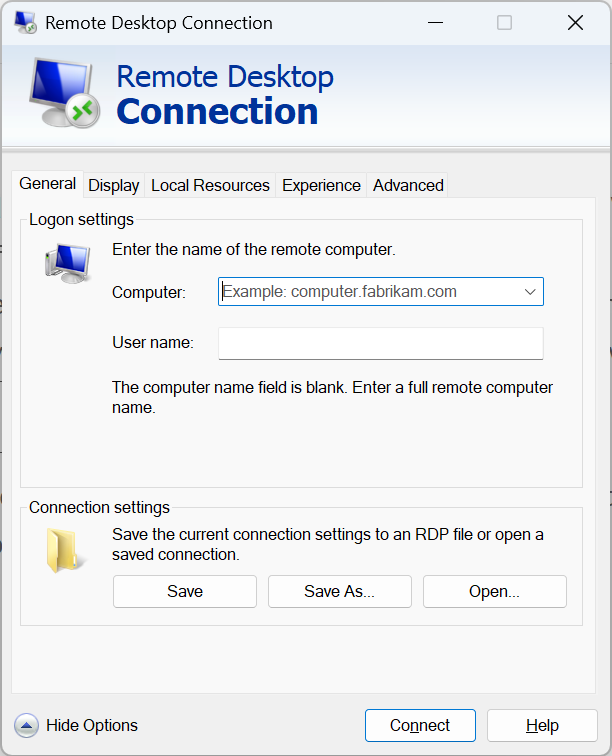
Windows Media Player 12 is also still here, although it has been deprecated in favor of a new Media Player application.

Just like in Windows 10, some file dialogs also have Windows 7 designs.
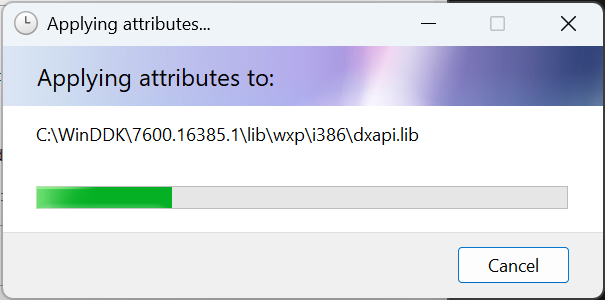
Onto the fifth layer: Windows Vista
The cornerstone of modern Windows, Vista brought in many new features to the OS. One of these is the introduction of the Aero Wizards, that are still with us in Windows 11 to the same extent as they were in Windows 10.
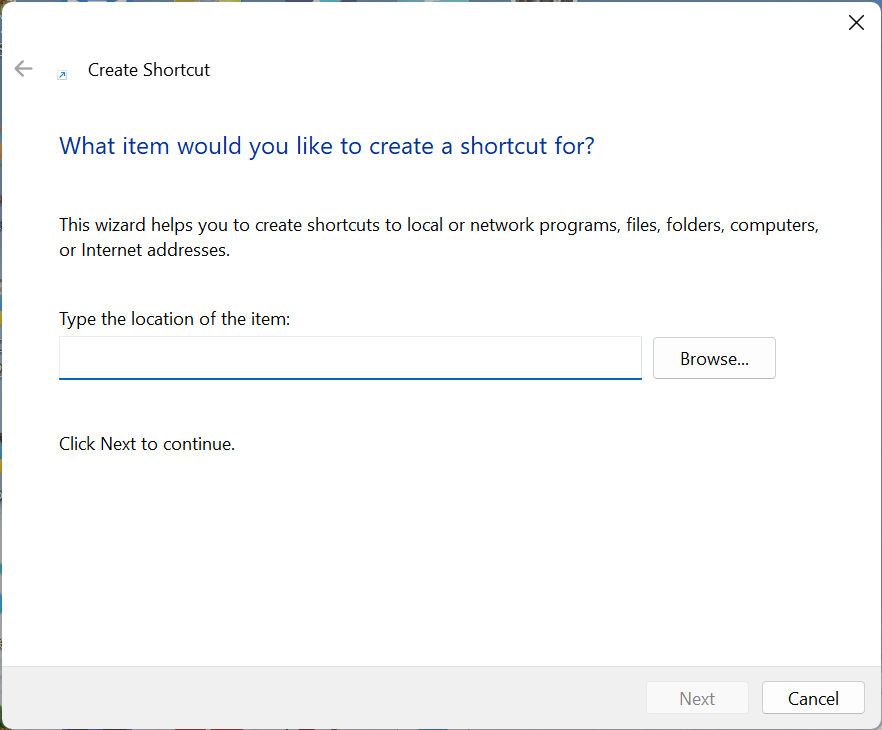
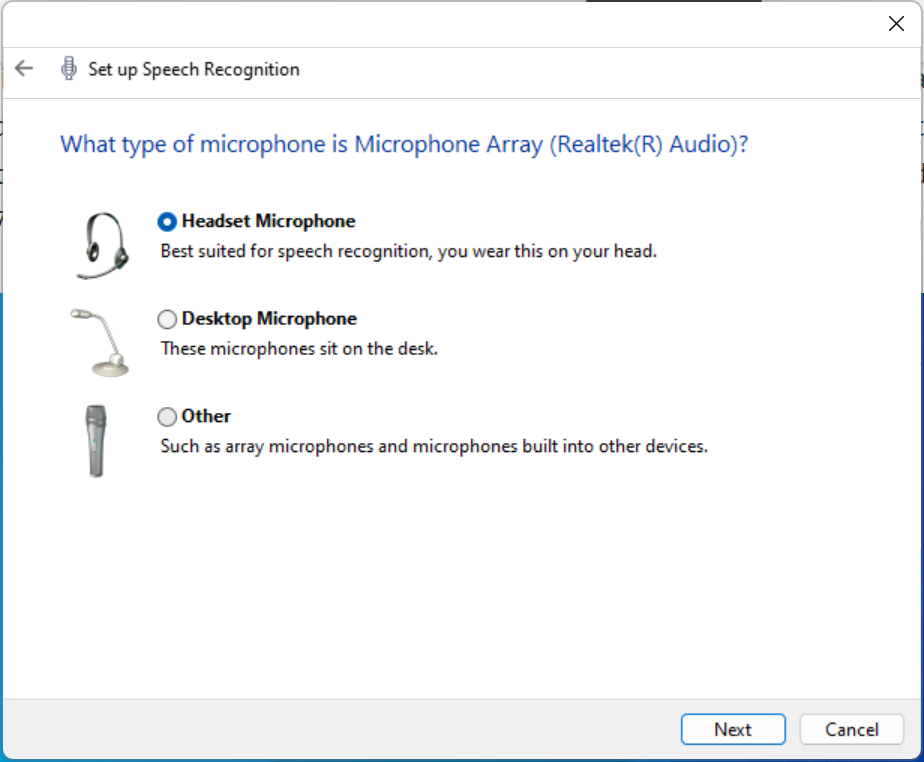
The beloved Control Panel is still here, although most of the common features now redirect to the Settings app.

One last Vista oddity is the search program, which looks absolutely lovely when paired with the modern design of the File Explorer.

Layer 6: Windows XP
Just like with Windows 10, the driver copy screen hasn’t been updated, so it still has the Windows XP icons.
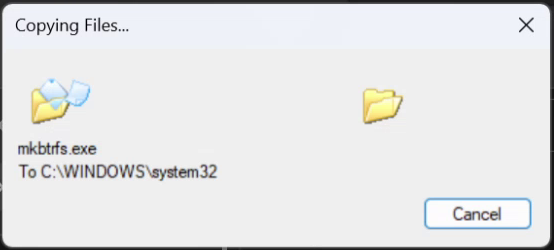
Now, onto layer 7: Windows 2000
Once again, just like before, things like MMC, winver and the Windows Installer are almost exactly the same, apart from the fact that the Installer had its icons replaced for the first time in 20 years!

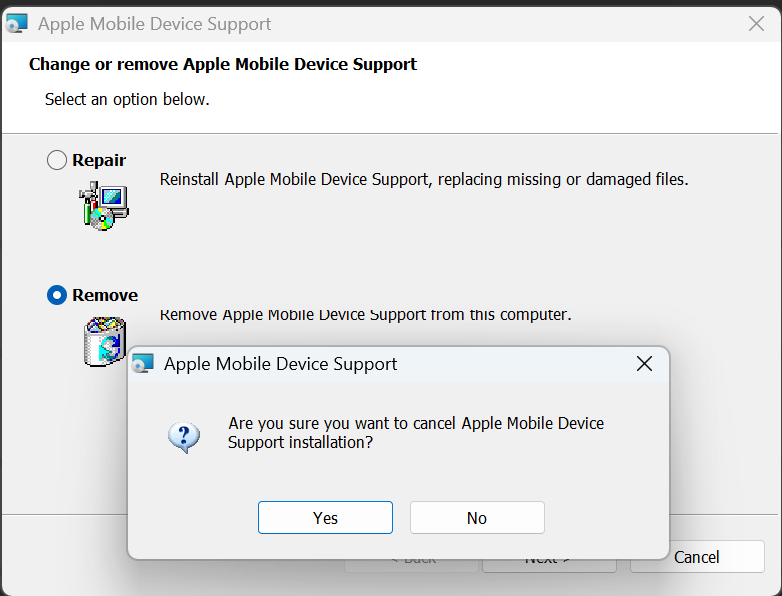
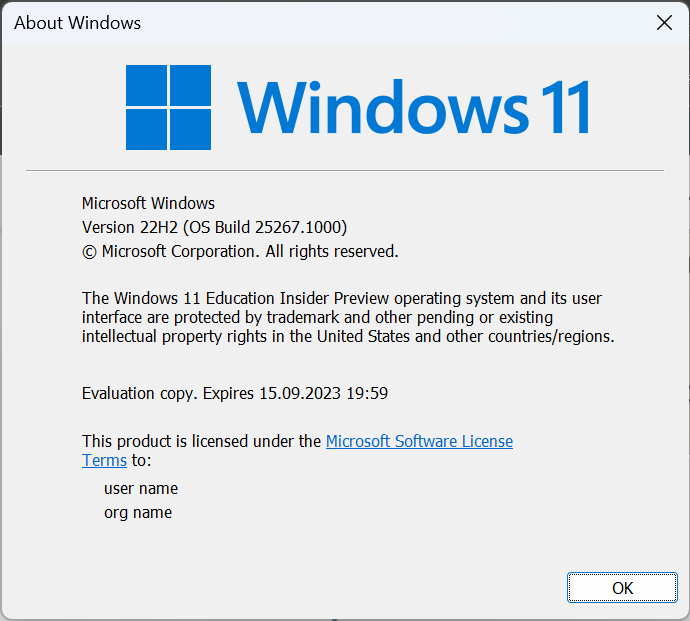
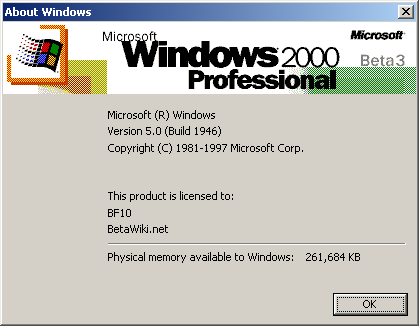
Now, onto the eight layer: Windows 95/NT 4.0
While the Start Menu has been moved from the far left to the center for the first time, everything else is still the same.
Just like in Windows 10, elements like the folder options, the mouse settings and many other UI elements have stayed basically the same for the last 27 years.
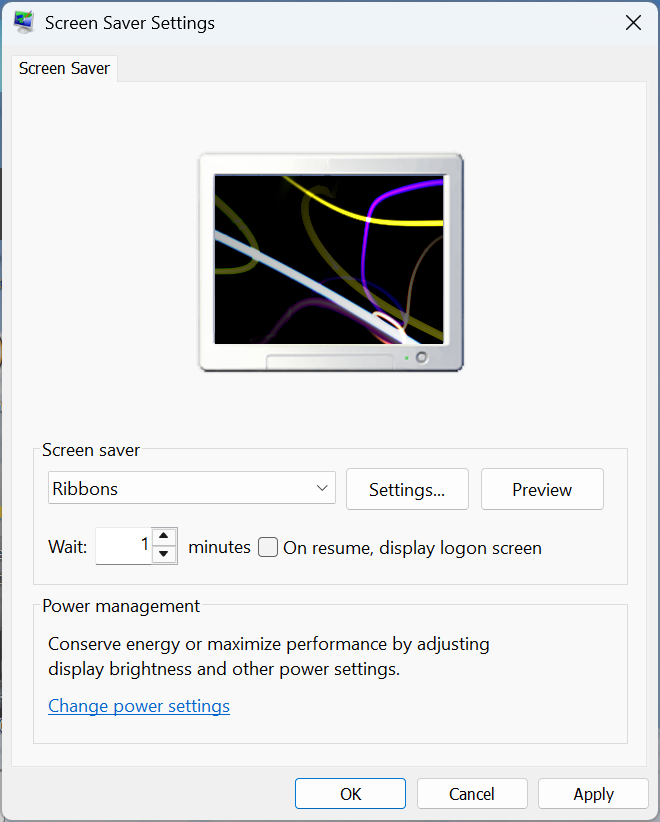
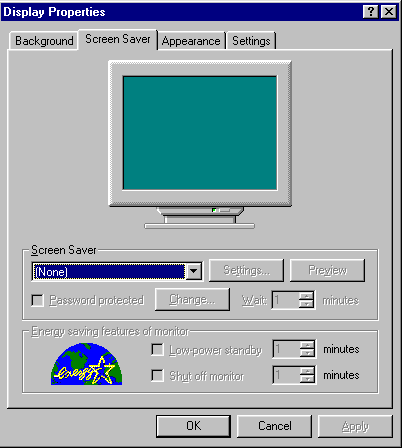
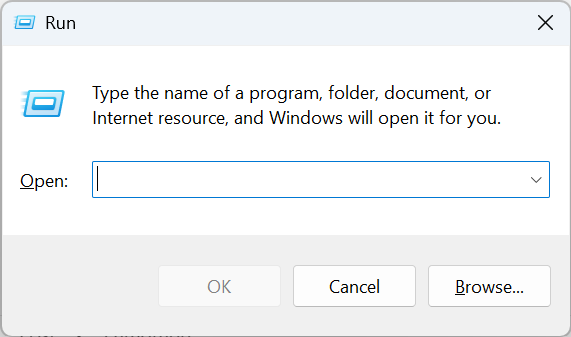
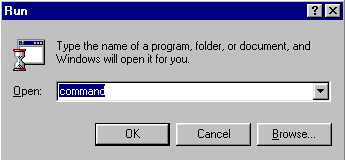

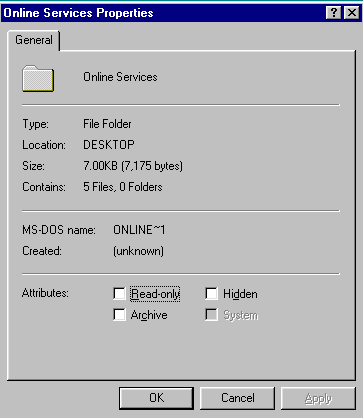
And finally, layer 9: Windows 3.1
The ability to choose icons that are more than 30 years old is still here, with the inclusion of the very important and absolutely critical to the good function of the OS moricons.dll
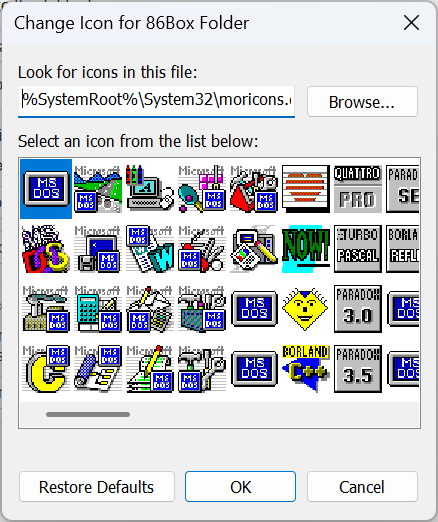
And last, but certainly not least, in the ODBC Data Sources utility there is a Windows 3.1-styled folder selection window!
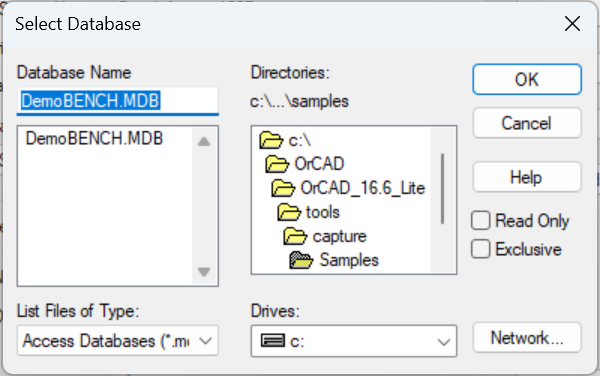
Conclusion
As we can see, while there are definite improvements in Windows 11’s design consistency, they are somewhat superficial (but still more thorough than those that were introduced with Windows 10), and there still is plenty of room for improvement. However, compared to Windows 10, at least most of the “casual” UI is somewhat consistent.
In 2023 Windows 11 will reportedly get 3 of the new “moment” updates, which are supposed to bring in new features and UI fixes. Not only that, but Microsoft is thought to be working on decoupling the UI elements from the rest of the OS even further, so we should probably see more improvements more quickly.
Thank you for your attention.
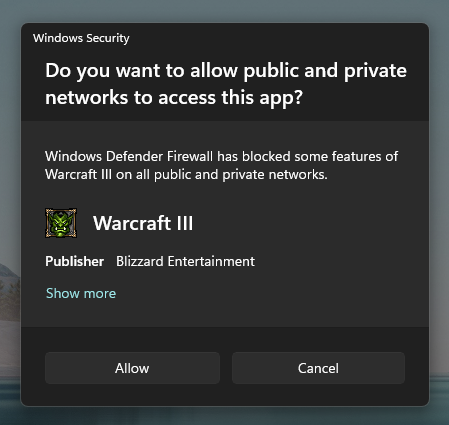
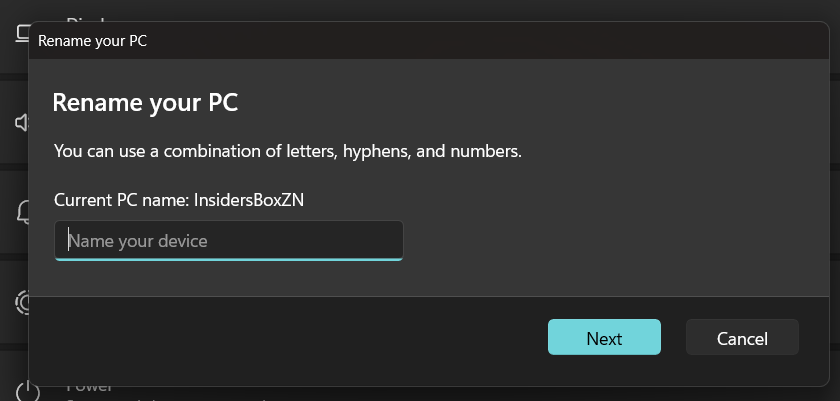
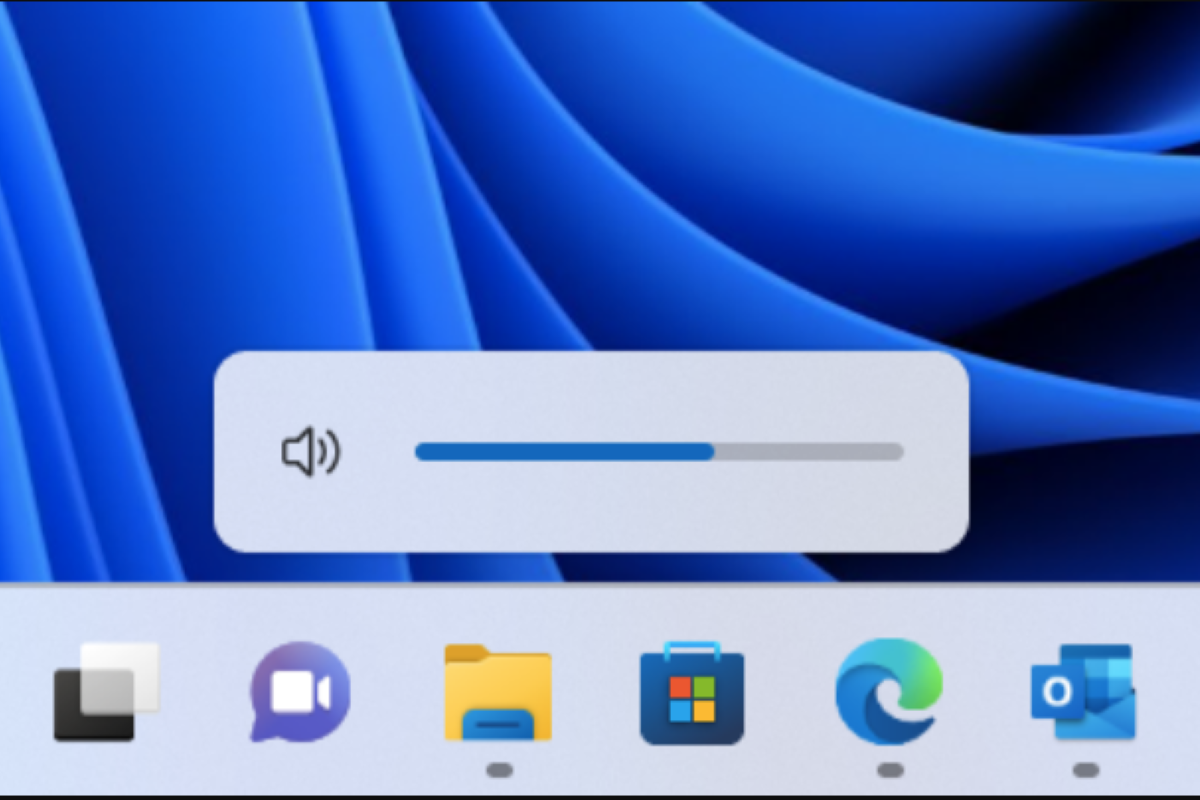
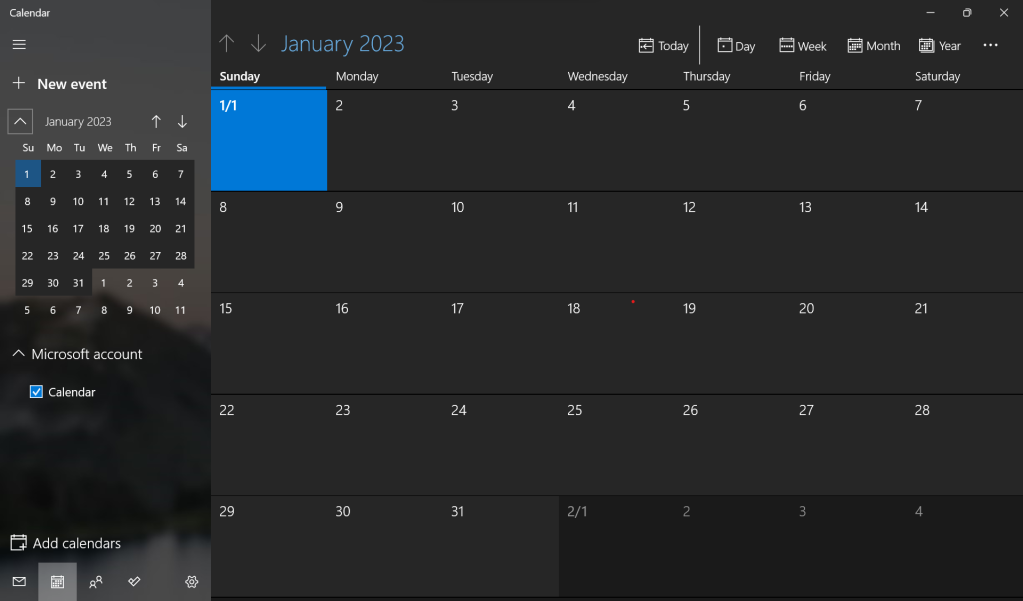
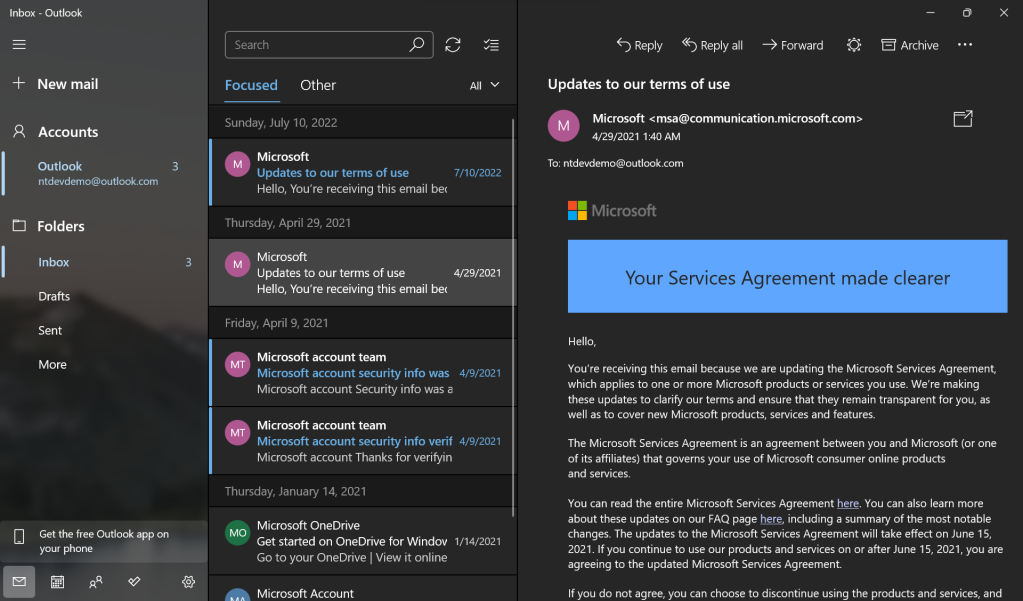
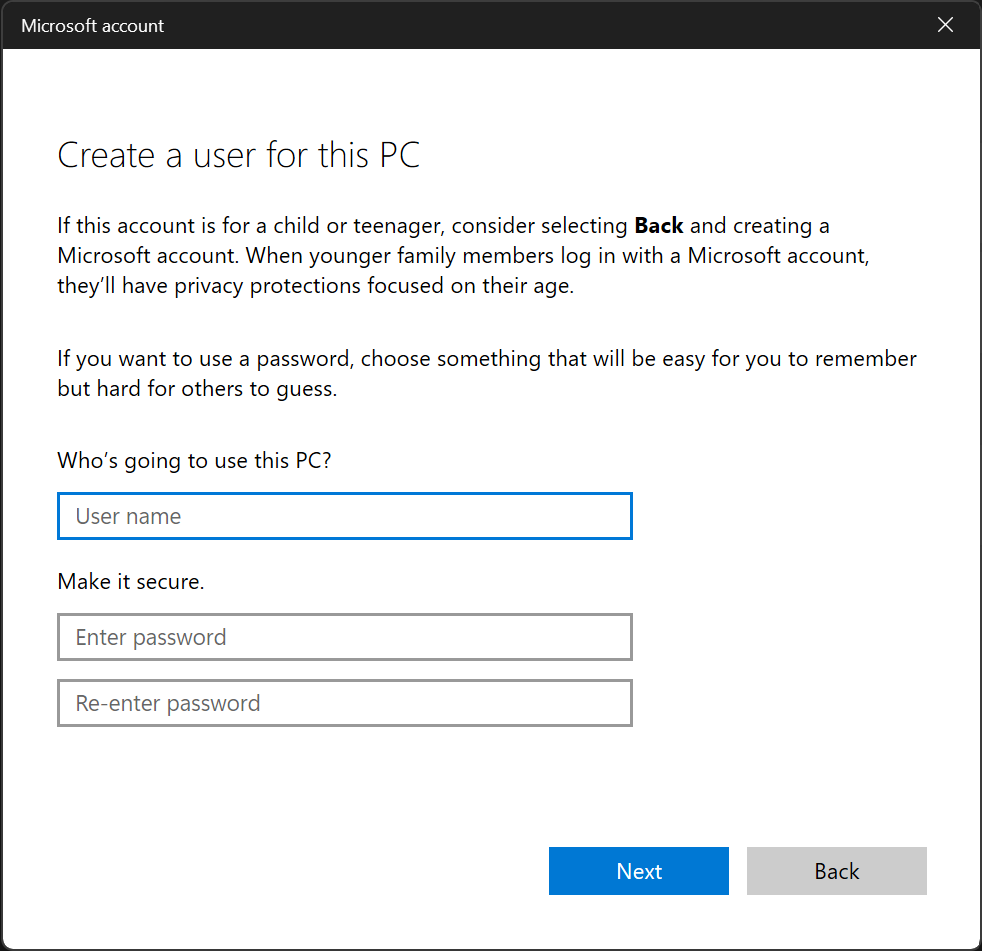
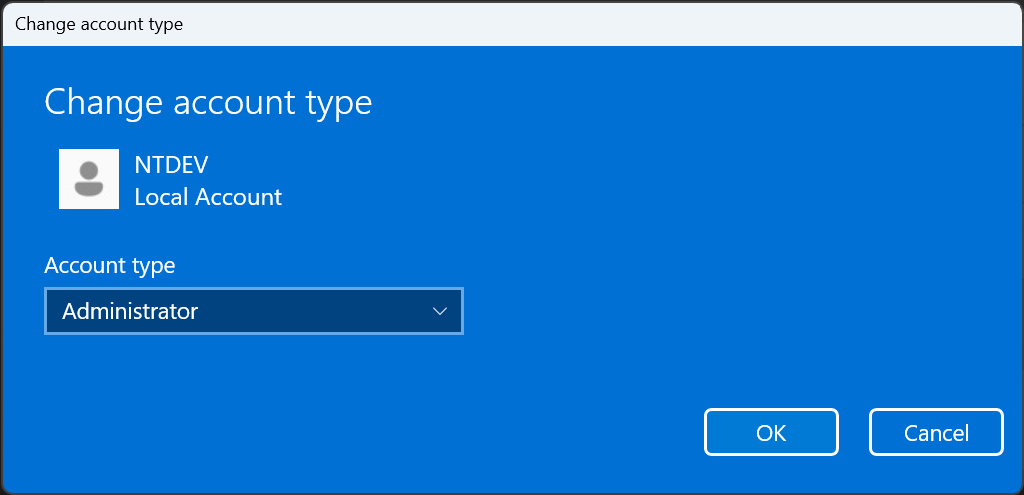
Leave a comment